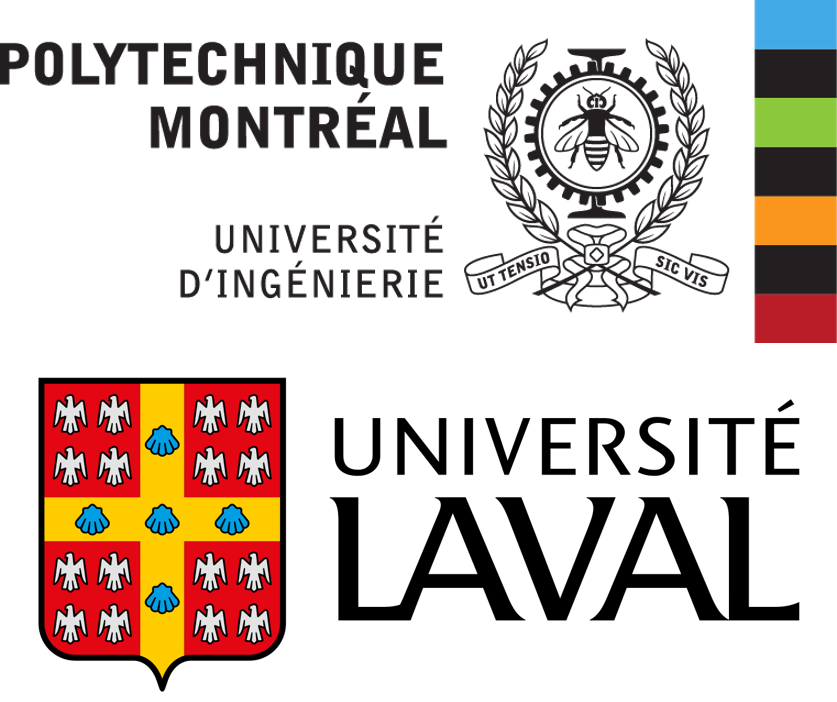Pesticide-free production remains challenging in many Canadian fruit crops due to the numerous insects and diseases that can damage our diverse crops. In addition to minimizing pesticide use, growing under exclusion nets reduces damage caused by many pests to an acceptable level. However, commercially available nets, which already demonstrate good to excellent effectiveness against several exotic and endemic pests, act strictly as a passive mechanical barrier against pests. Building on the results of the DeNETer 1.0 project, this second phase continues the design and characterization of polymeric exclusion nets capable of emitting bioactive molecules to maximize their phytosanitary potential, and scale up modification processes to an industrial scale. The proposed approach is three-step: (1) align the DDD surface modification process with industrial-scale development (via the exploration of alternative solvents and soft etching methods), (2) integrate hybrid/new materials for netting and effects on scale-up (plasticizer and reinforcement effects, roll-to-roll/R2R implementation), and (3) validate the release of bioactive molecules for pest control in orchards (2 years with the aphid alarm pheromone, 2 years for mating disruption on the oblique-banded leafroller). The studies will be conducted in the laboratories of Polytechnique Montréal (surface modification and R2R process), Université Laval (characterization of bio-based polymers and identification of alternatives), and IRDA (entomological evaluations and field tests), all in collaboration with producers (MDB Texinov) and users (Dubois Agrinovation) of exclusion nets.
Contacts: Jason Robert Tavares – jason-robert.tavares@polymtl.ca / Marie-Josée Dumont – marie-josee.dumont@gch.ulaval.ca
